Capturing the Moment at Tate Modern

This exhibition explores the relationship between painting and photography. It’s a big concept, you could suspect possibly reverse-engineered from the works that the private YAGEO Foundation Collection, founded by Taiwanese philanthropist Pierre Chen, made available to the Tate. But what works they are.
The first rooms have work by Francis Bacon, Pablo Picasso and Lucien Freud. Bacon’s Three Studies for Portrait of Lucian Freud (1965) shows the artist’s signature distortion: on a visceral blood-red background, the three faces judder under his brush, a visual manifestation of unease in the sitter or the painter or both. Picasso’s Weeping Woman (1937) captures something irreducibly human through the Cubist distortion.
While we know the work of these men, the show’s best works are by women. Paula Rego’s War (2003) takes a photograph from the aftermath of a bomb during the Iraq war (of that era) and gives the figures rabbit heads, the uncanny incongruity enhancing the horror. A quote from Rego beside it says pastel is a more violent medium than paint and that is why she chose to work with it. Cecily Brown’s Trouble in Paradise (1999) hovers cacophonously between representation and abstraction. In the penultimate room, named Convergence, we meet a blockbusting Hockney (Portrait of an Artist (Pool with Two Figures)) and the usual visually pleasing but ghoulishly superficial Warhols, but also some captivating unfamiliar work. In Untitled (2019), Lisa Brice’s female nude regards herself with narrow-eyed determination, a smouldering cigarette between her lips and a languid paintbrush dripping to the floor. In The Alchemist (2015), Paulina Olowska restages herself into a pose inspired by the erotic Polaroids of renowned Italian architect Carlo Mollino (discovered and published after his death in 2015), but with her own concerns directing it, not a man’s sexuality. Mushrooms cascade from her skirt like a fungi frill. The sexy becomes the strange.
Where this exhibition excels is in grappling with the nebulous philosophy around time. A photograph is an instant, while a painting is a small era giving the illusion of instantaneity. A room is given to Hiroshi Sugimoto’s photographs of the sea, so bare and monochrome as to be almost abstract. The 30-year project is “time exposed” according to the artist. There are also inclusions that undermine the Susan Sontag quote that opens the show: “The painter constructs, the photographer discloses.” This imprimatur of fidelity that imbues every photograph can be problematic, as shown by Dorothea Lange’s iconic photo Migrant Mother, taken in 1936 to show the plight of the white working class in America during the Depression. Except that the woman was actually Cherokee and was none too happy about the photo all told, later saying that Lange never even asked her name or permission to use her image.
A show with a loose concept but some revelations, where artwork by women more than holds its own.
Jessica Wall
Capturing the Moment is at Tate Modern from 13th June until 28th January 2024. For further information visit the exhibition’s website here.

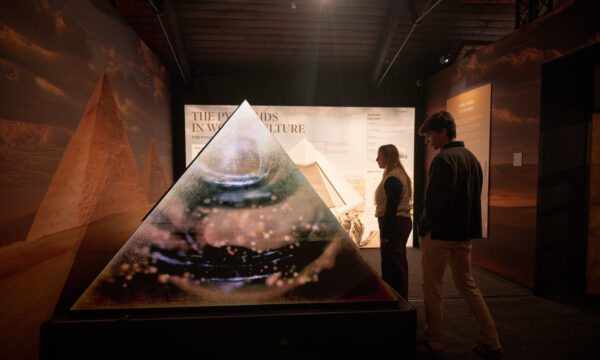
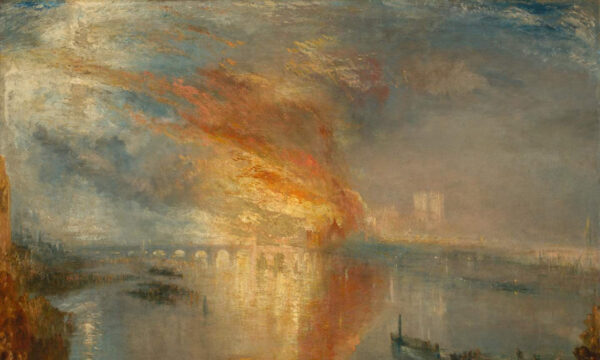
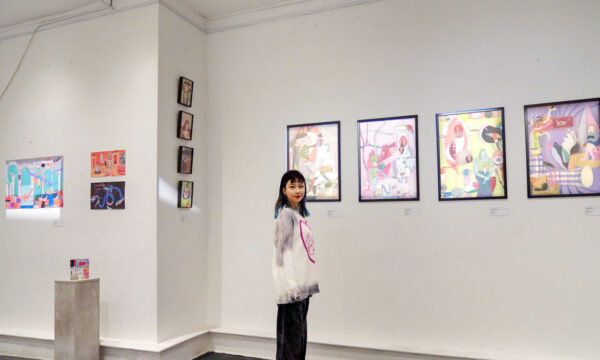
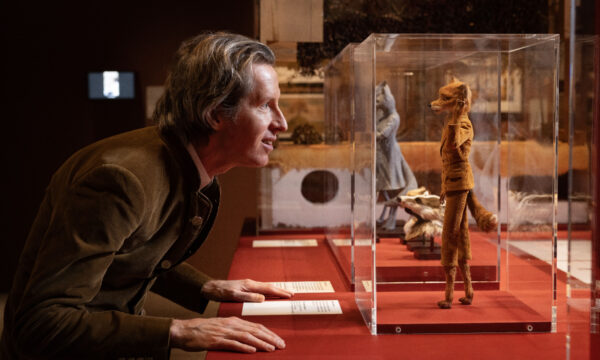
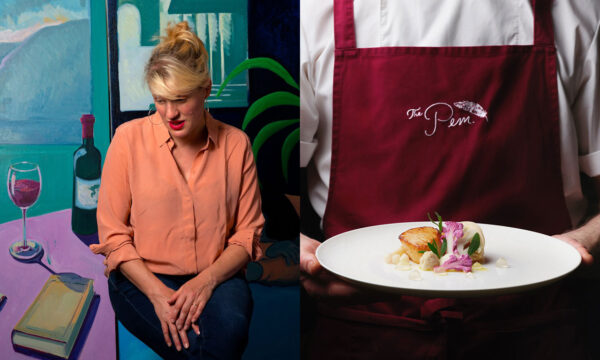

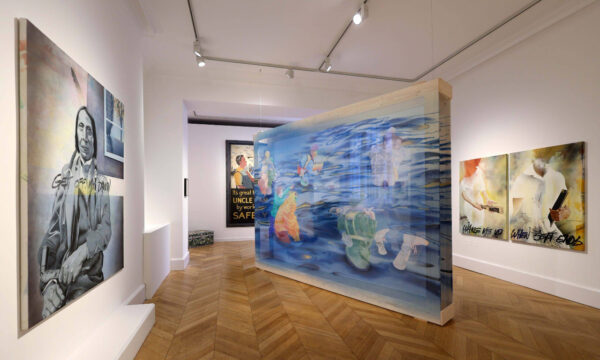
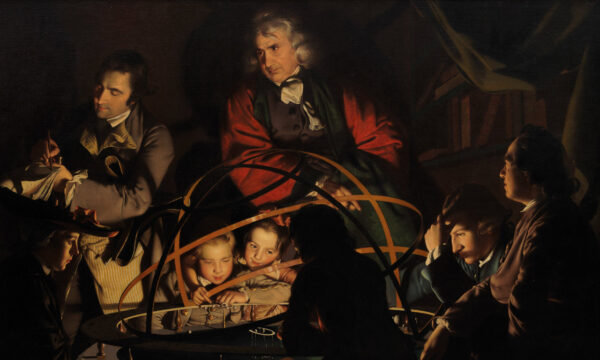
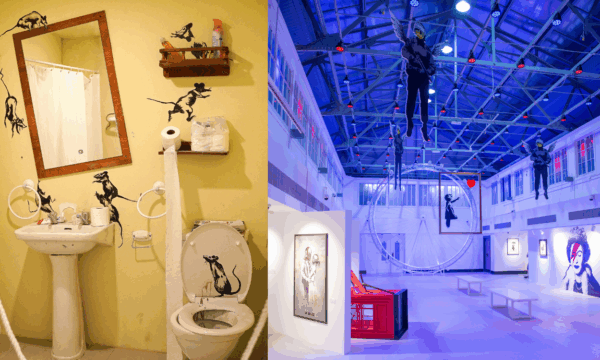
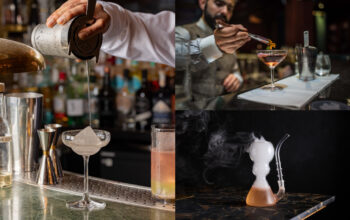

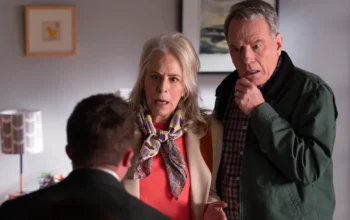

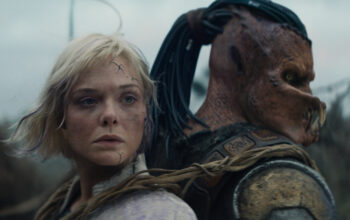







Facebook
Twitter
Instagram
YouTube
RSS